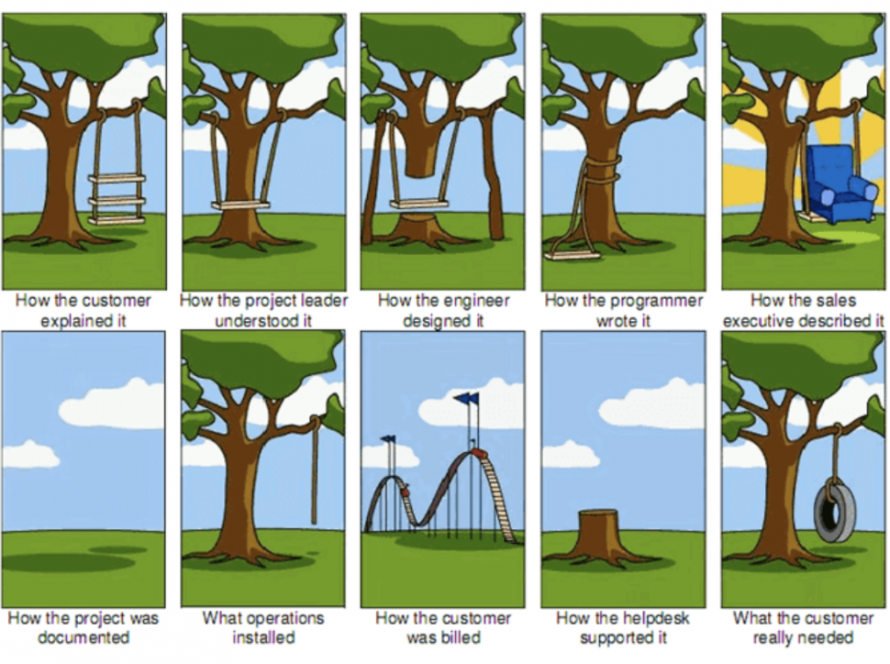In 2010, I had an accounting-firm client whose business had been purchased by a much larger and international accounting firm. In many ways, the sale was a good thing for them, but with social media being relatively new for company use and the new parent company not having any social-media strategy themselves, they placed restrictions on what my client could and couldn’t do with social media. The restrictions were so restricting: No blog posts, no Facebook, no Twitter.
But Linkedin profiles are personal, not corporate, and I encouraged them to work with their team and help people get their Linkedin profiles in better order and to step up their activity. I did a bit of training for/with them and created some guidelines and best practices. Here’s what I wrote for them in the earlier days of Linkedin use.
linkedin best practices
- Say “yes” to most invitations to connect on Linkedin when you know the person.
- Be timely in your responsiveness to LinkedIn requests to connect.
- Comment and “like” others’ updates.
- Set your email notifications preferences from LinkedIn.com and LinkedIn groups so that you are informed but not barraged.
- Scan your network (by running your email address book through LinkedIn) several times a year to look for more connections.
- Look at the people LinkedIn suggests you may know. Connect with people as appropriate.
- Build your network slowly and steadily rather than in large spurts of activity followed by no activity for months.
- Write a real message when asking someone to be part of your network. It can be a sentence. Just make it real.
- Follow up with LinkedIn requests after meeting people, e.g. after attending an industry conference or local networking event.
- Use the tags function and categorize your professional contacts in ways that are meaningful and strategic to you.
- Share interesting content.




